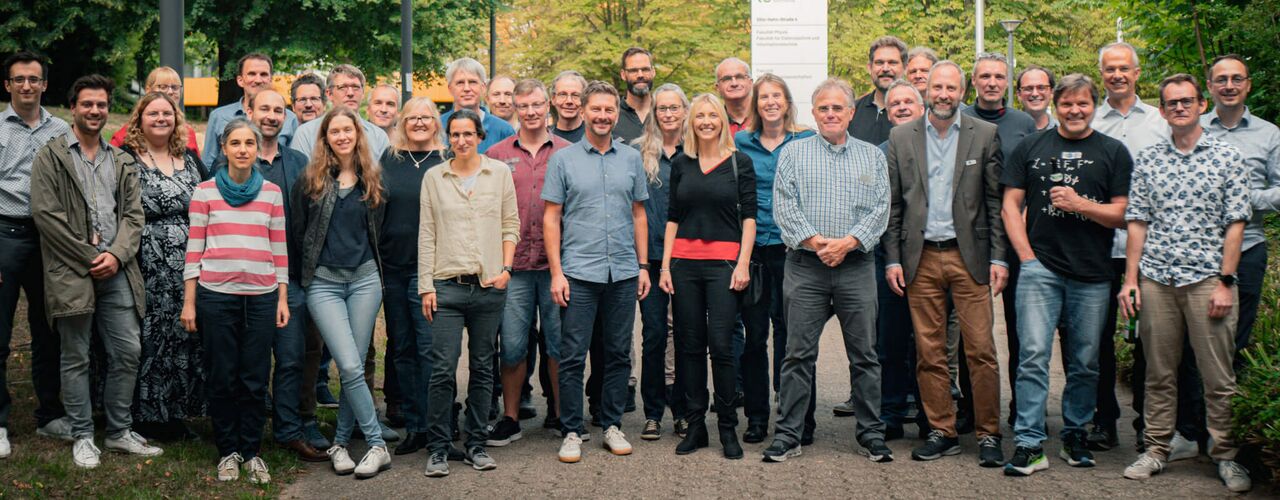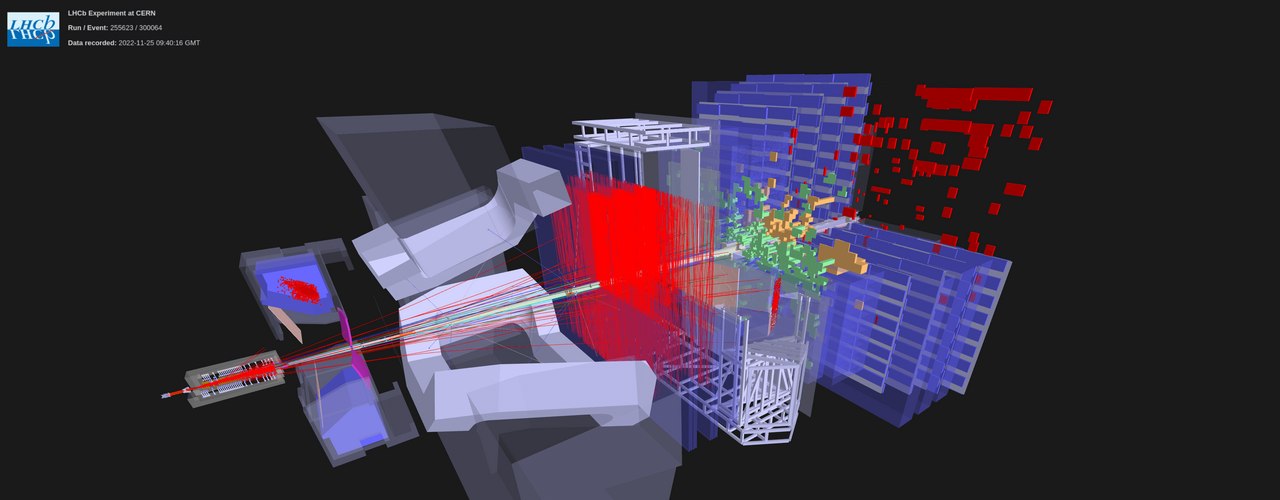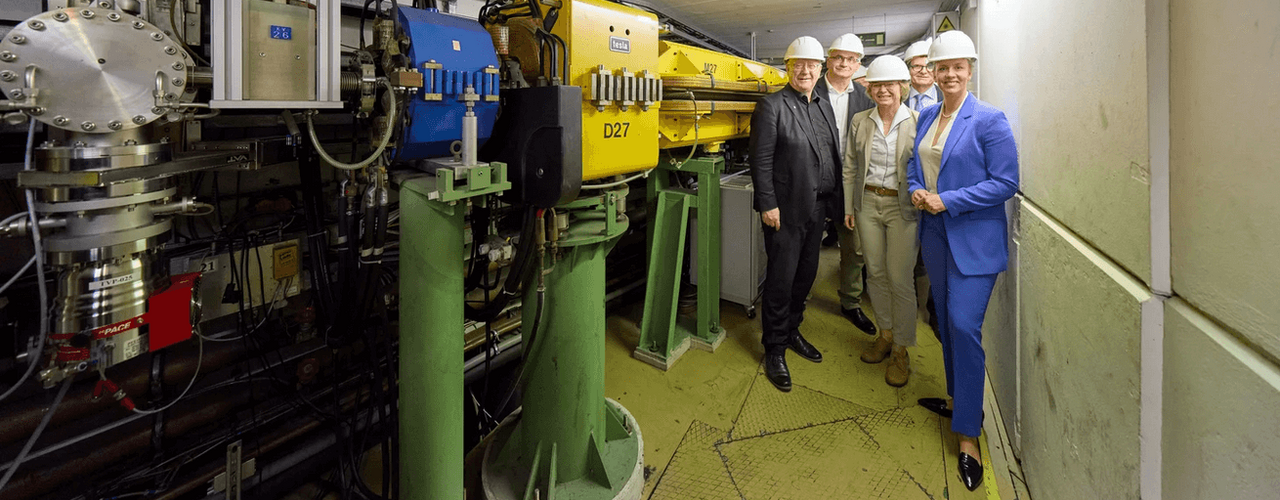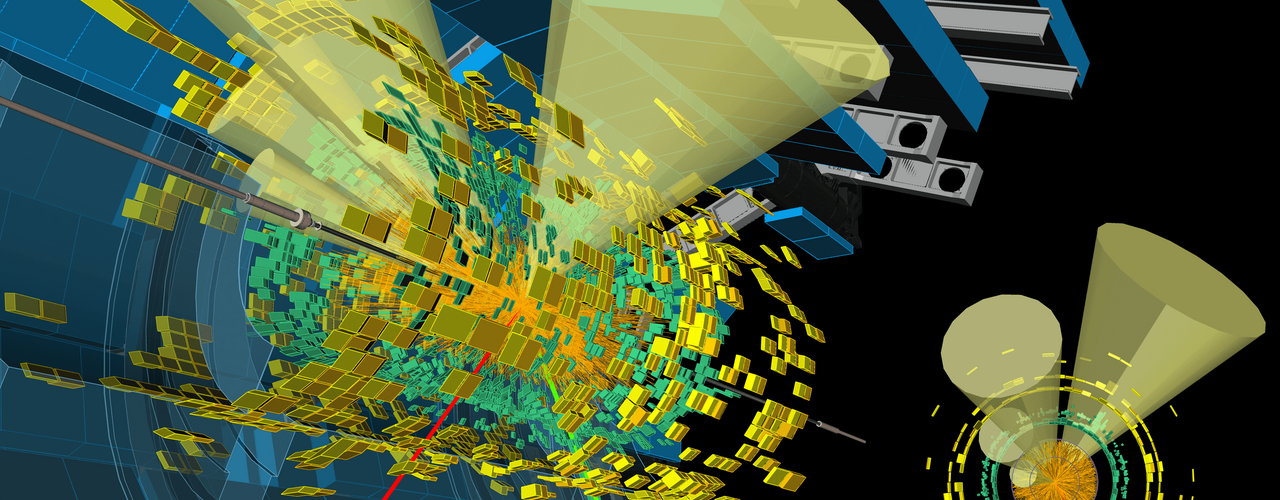
Search for new phenomena in strong and weak interactions
An Excellence Cluster uniting the Universities of Bonn, Dortmund, Siegen, and Forschungszentrum Jülich.
Search for new phenomena in strong and weak interactions
Questions about the nature of matter and the fundamental forces, about the history of the Universe and the origin of everything we observe have always been at the core of human curiosity. Today, several central questions are still not answered: What is the mechanism behind the formation of matter by the strong "color" force? How did the asymmetry between matter and antimatter in the Universe emerge and how is it related to the different "flavors" of quarks seen in the weak interaction? Are there yet unknown particles or forces?
Some of the most intriguing measurements in recent years have involved interplay between the strong ("color") and weak ("flavor") interaction. Investigating this interplay in more detail in a close partnership between theory and experimentation is the objective of Color-Meets-Flavor, a new Cluster of Excellence initiative between the University of Bonn, TU Dortmund University, the University of Siegen and Forschungszentrum Jülich. Doing this, the focus lies on the physics of quarks and the question of how these fundamental building blocks of matter form complex bonding states while also intending to explore the properties of the Higgs boson and continue the hunt for the axion. With the masses of the six known quarks spanning several orders of magnitude, the experimental infrastructure needed to study them ranges from experiments at low-to-medium energy levels at the ELSA particle accelerator in Bonn all the way through to ultra-high-energy experiments using the Large Hadron Collider (LHC) at CERN in Geneva, which will also offer an opportunity to investigate the Higgs boson.









